As woodland is booming, and planting trees has become the right thing to do — with both heart and head
Investing in woodland has never been more popular, and the reasons are as much about sustainability as they are commercial. Carla Passino explains more.
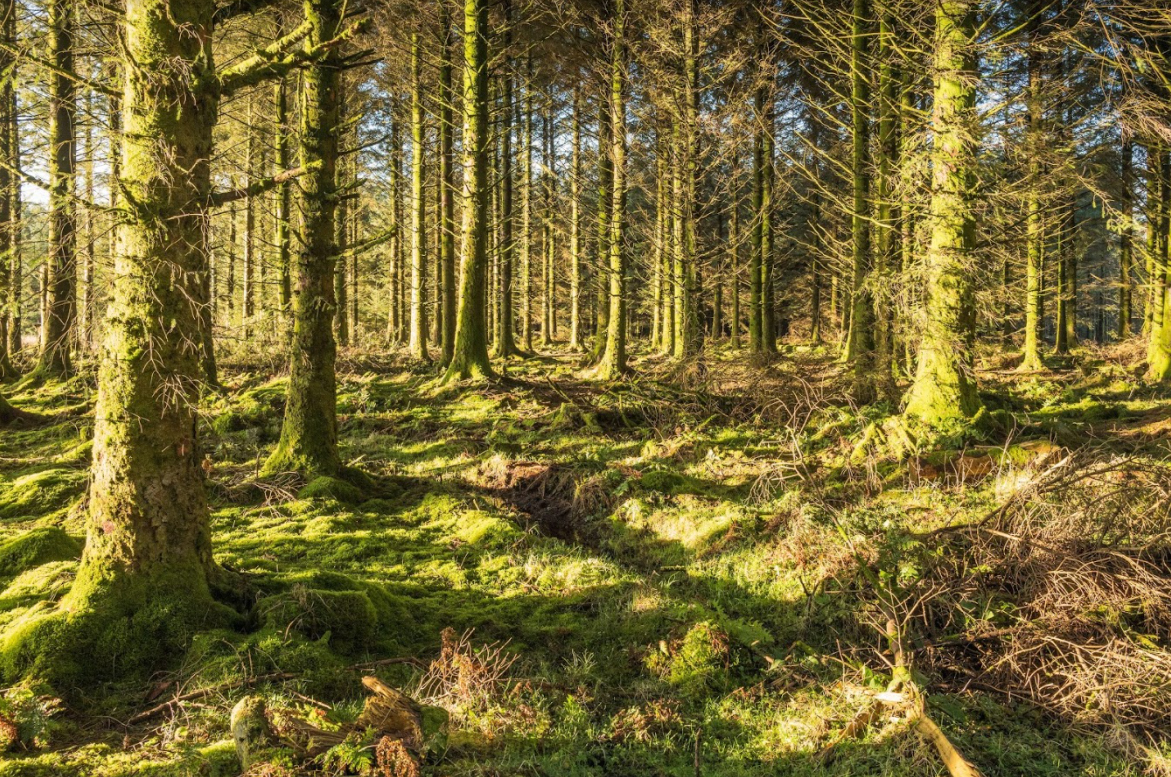

Country Life has launched its Trees For Tomorrow campaign — we're planting thousands of trees in what will be a newly-established Country Life Forest, and we're looking for your help. See the Trees For Tomorrow page to find out more.
Sustainability is driving fresh interest in British forests. In the year to September 2020, the value of forestry investment reached a record £205 million, according to Savills, with a 50% rise in the number of acres changing hands.
‘The primary product of forest systems is building materials and timber, and they are in high demand globally,’ explains the company’s director of rural research, Emily Norton.
‘But in terms of forest creation, if you plant trees today, that timber won’t be harvested for 25–30 years, so a primary motivator [for demand] is sustainability: it’s the credentials that go with trees. These can be formal — accredited carbon — or informal, in the sense of voluntary carbon offsetting.’
"The convergence between forestry and agricultural values means one of the key barriers is falling away"
Crucially, the rise in forest values is also removing a deterrent that, until now, put off landowners from converting their land into woodland. ‘One of the main contentions is that forestry land is worth less than agricultural land; therefore, there’s effectively a penalty on woodland creation. The convergence between forestry and agricultural values means one of the key barriers is falling away.’
Landowners looking at diversifying into forestry have many options, from Defra grants to schemes such as England’s woodland carbon guarantee, which allows people to sell carbon units to the Government at a guaranteed price, plus voluntary systems where accredited carbon is sold privately to offsetters, or even ‘a fully branded model, where you provide a local business that’s after the offsetting with additional opportunities, such as staff engagement or days out’.
From a landowner’s perspective, this can feel very different from the Government-controlled schemes of the past but, says Miss Norton, ‘increasingly, this mix of private and public is the way we need to think about land — because that’s where the opportunities are coming from’.
Exquisite houses, the beauty of Nature, and how to get the most from your life, straight to your inbox.

Trees For Tomorrow
Country Life's Trees For Tomorrow is a programme to plant thousands of trees and do our bit to help the
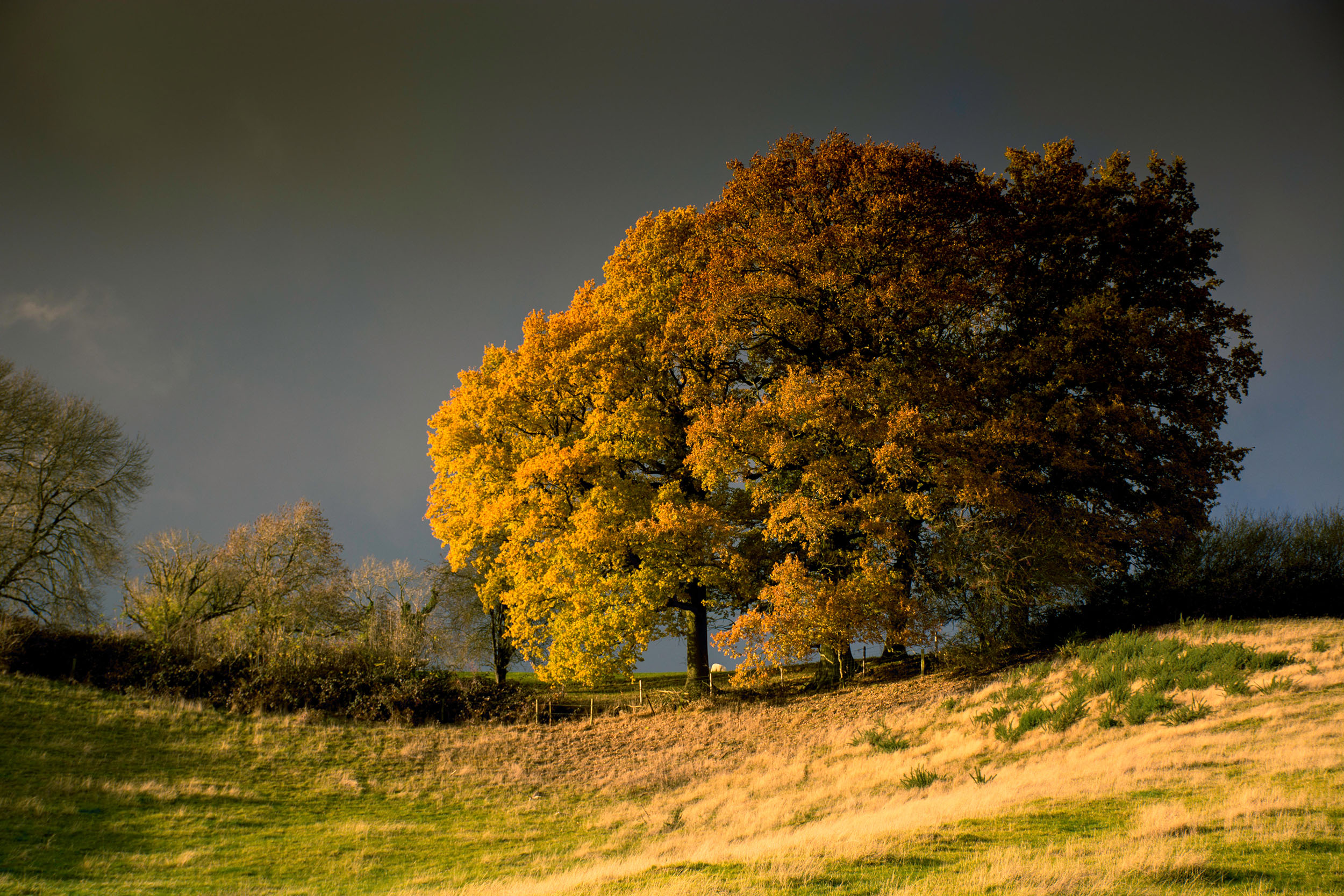
Credit: Alamy
Trees For Tomorrow: Join Country Life as we plant thousands of trees
To celebrate the 125th anniversary of Country Life’s launch in 1897, we have joined forces with Charles Stanley Wealth Managers
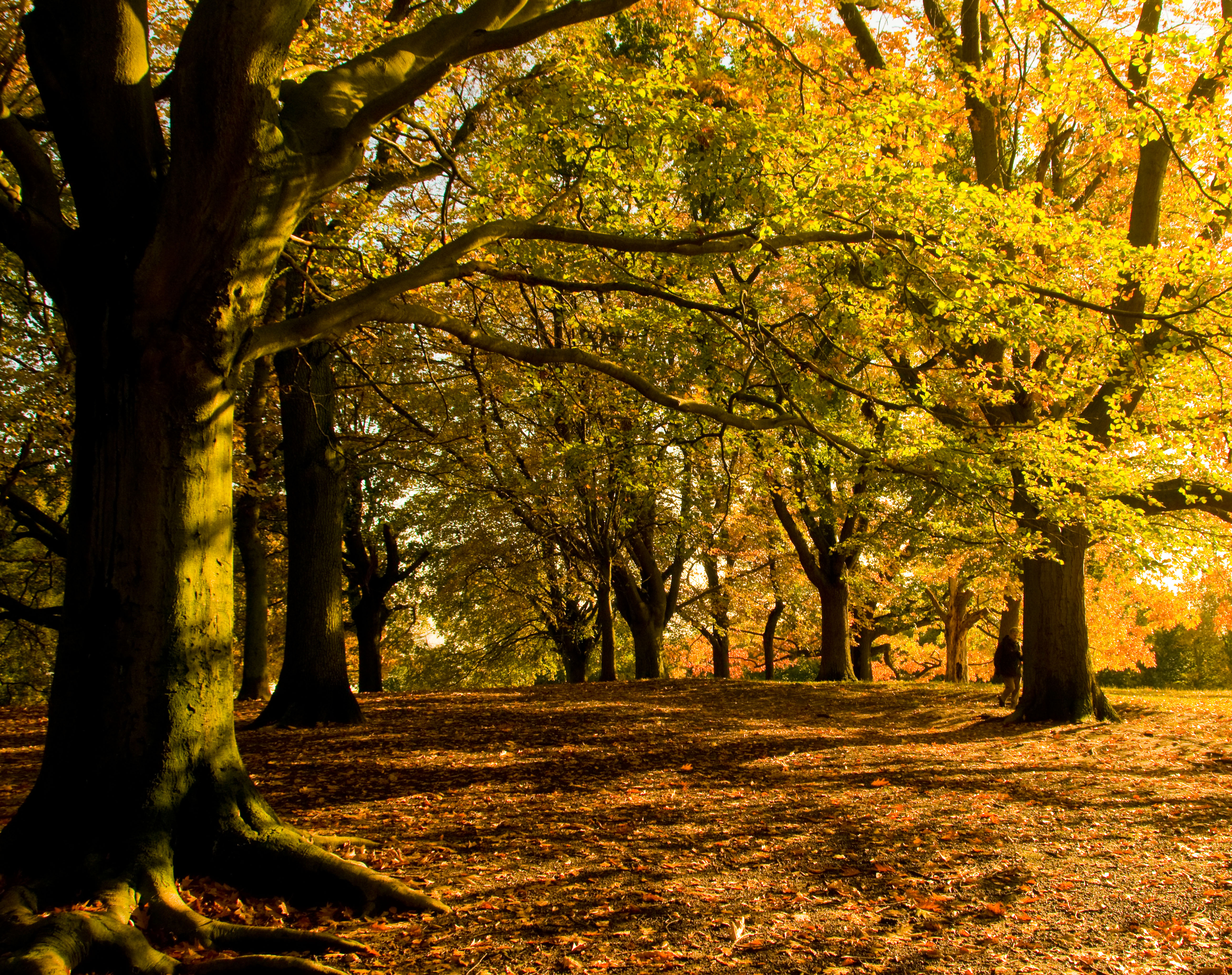
'Trees remind us of our insignificance, our transience, and the necessity of wonder'
As Country Life launches its Trees for Tomorrow campaign, to mark the magazine’s 125th anniversary, John Lewis-Stempel reflects on why
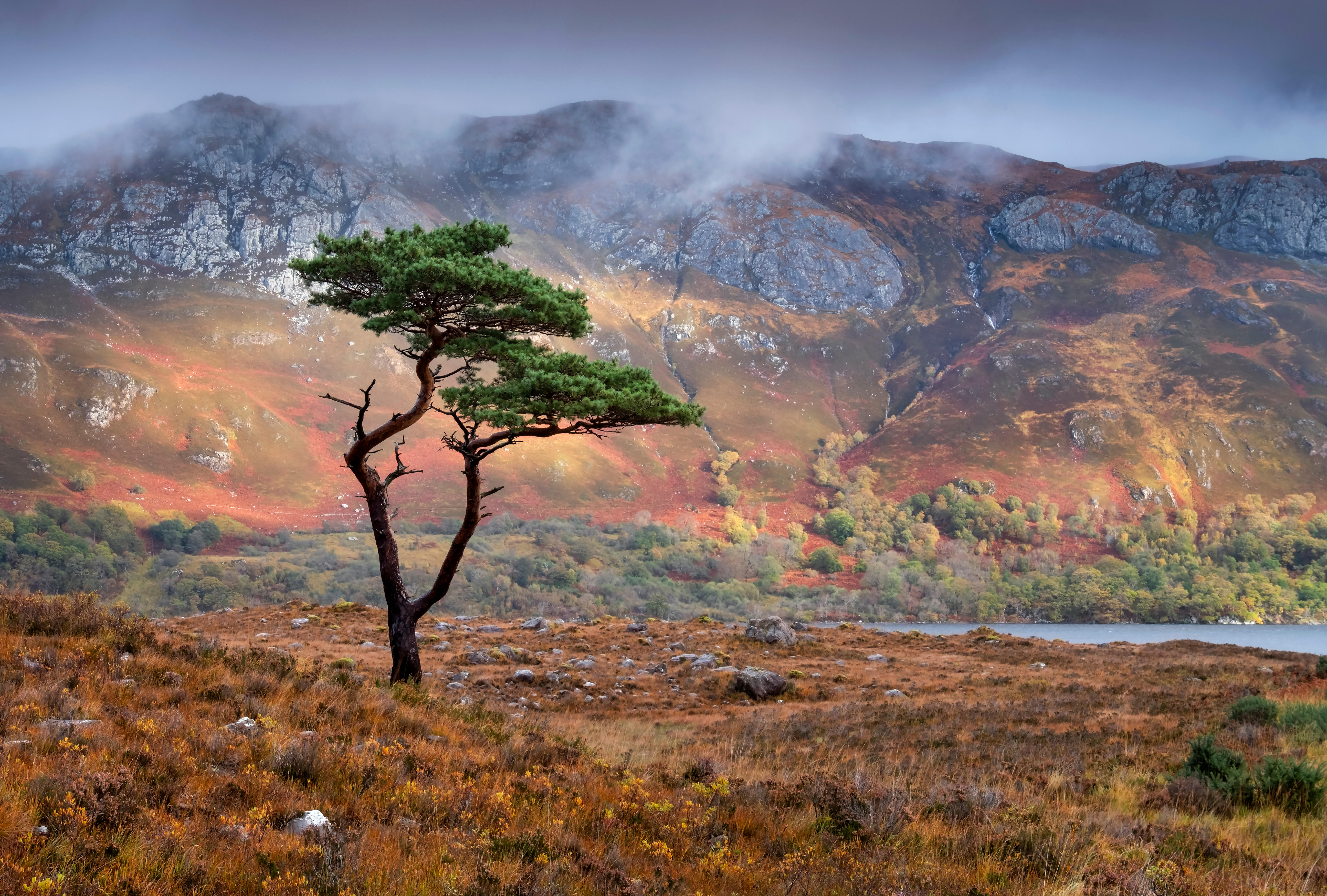
The 10 best trees you'll find in Britain, from Alder to Scots Pine
John Lewis-Stempel picks out his ten favourite British trees.
Carla must be the only Italian that finds the English weather more congenial than her native country’s sunshine. An antique herself, she became Country Life’s Arts & Antiques editor in 2023 having previously covered, as a freelance journalist, heritage, conservation, history and property stories, for which she won a couple of awards. Her musical taste has never evolved past Puccini and she spends most of her time immersed in any century before the 20th.
-
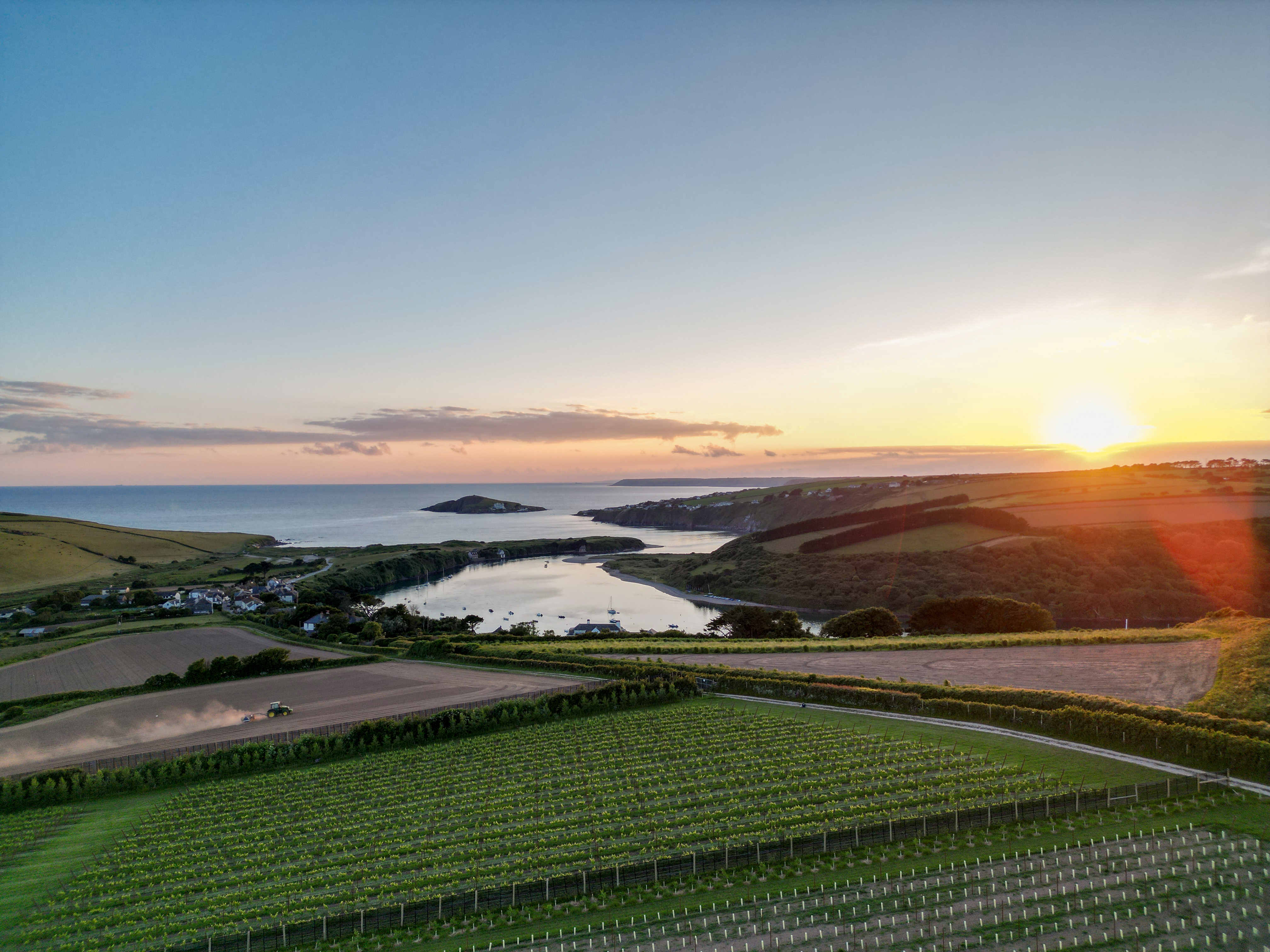 A vineyard for sale on the slopes above 'the best beach in Britain' is for sale at just £650,000
A vineyard for sale on the slopes above 'the best beach in Britain' is for sale at just £650,000In the beautifully unspoilt Devon village of Bantham, an award-winning vineyard is for sale. Toby Keel takes a look.
By Toby Keel Published
-
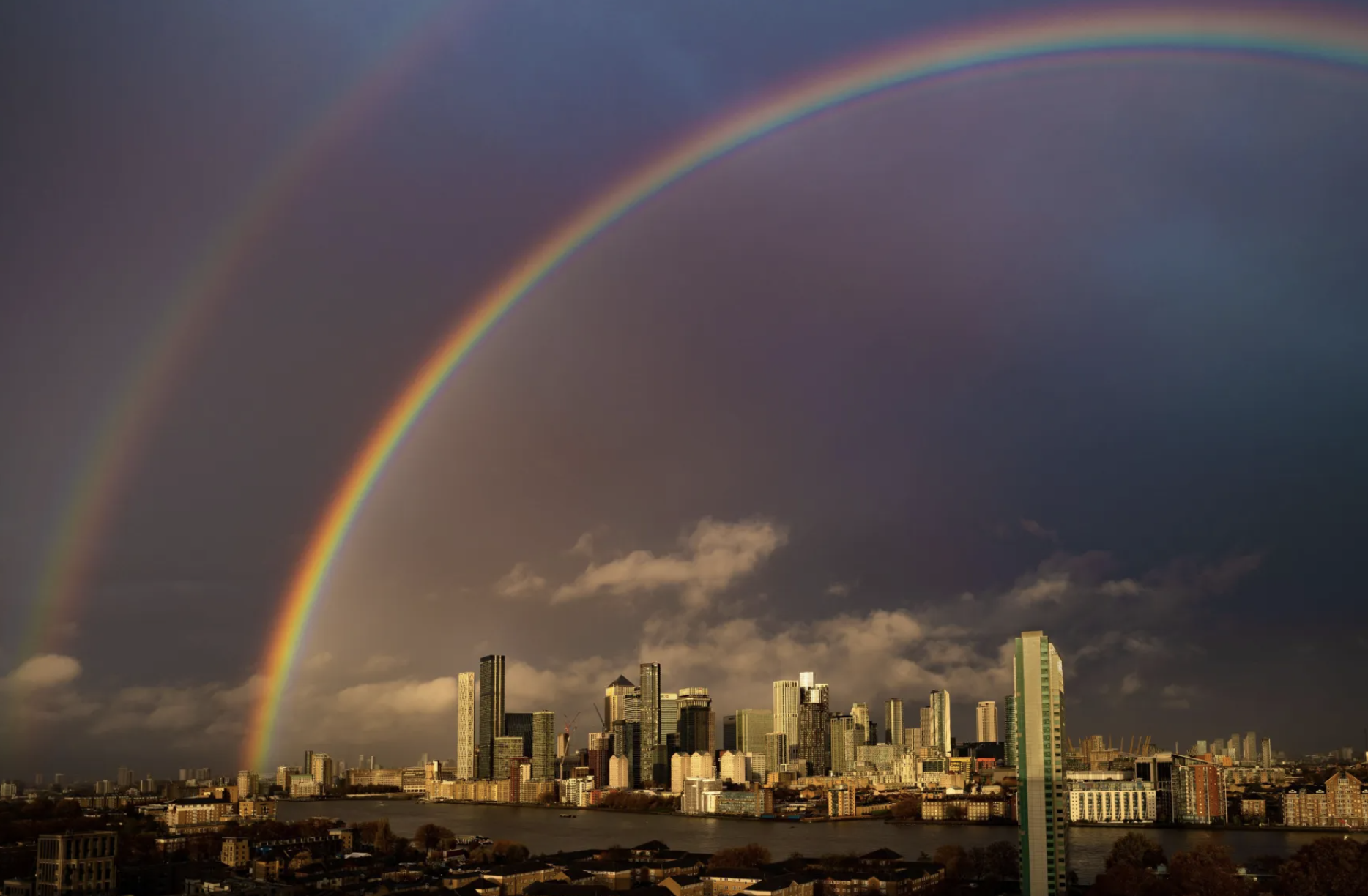 The sun will come out for the Country Life Quiz of the Day, November 14, 2025
The sun will come out for the Country Life Quiz of the Day, November 14, 2025Try your luck at today's quiz.
By Country Life Published
-
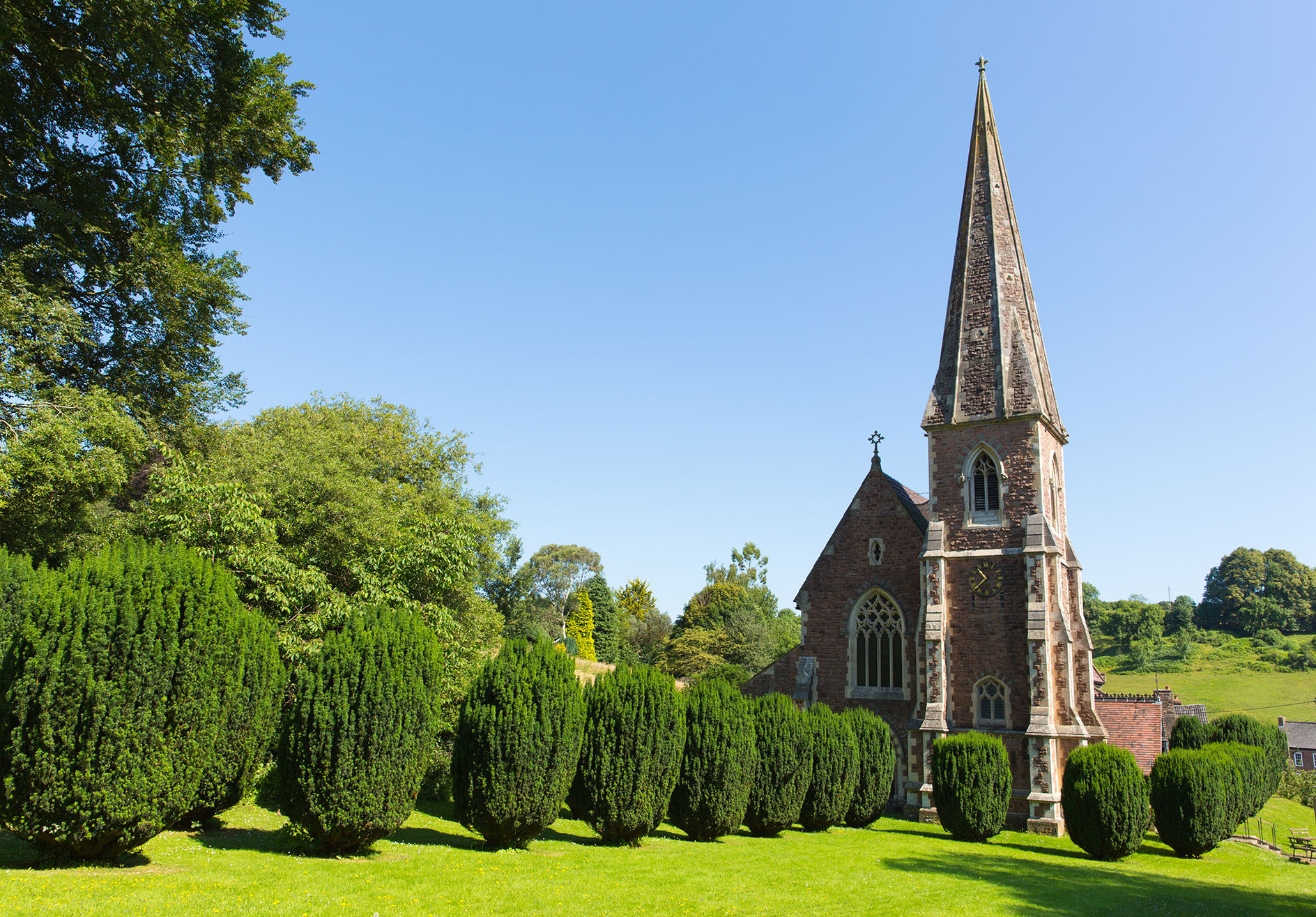 Curious Questions: Are heat pumps actually worth it?
Curious Questions: Are heat pumps actually worth it?Mention heat pumps and you'll get a decidedly mixed reaction — but do the sums actually add up? Lucy Denton investigates.
By Lucy Denton Published
-
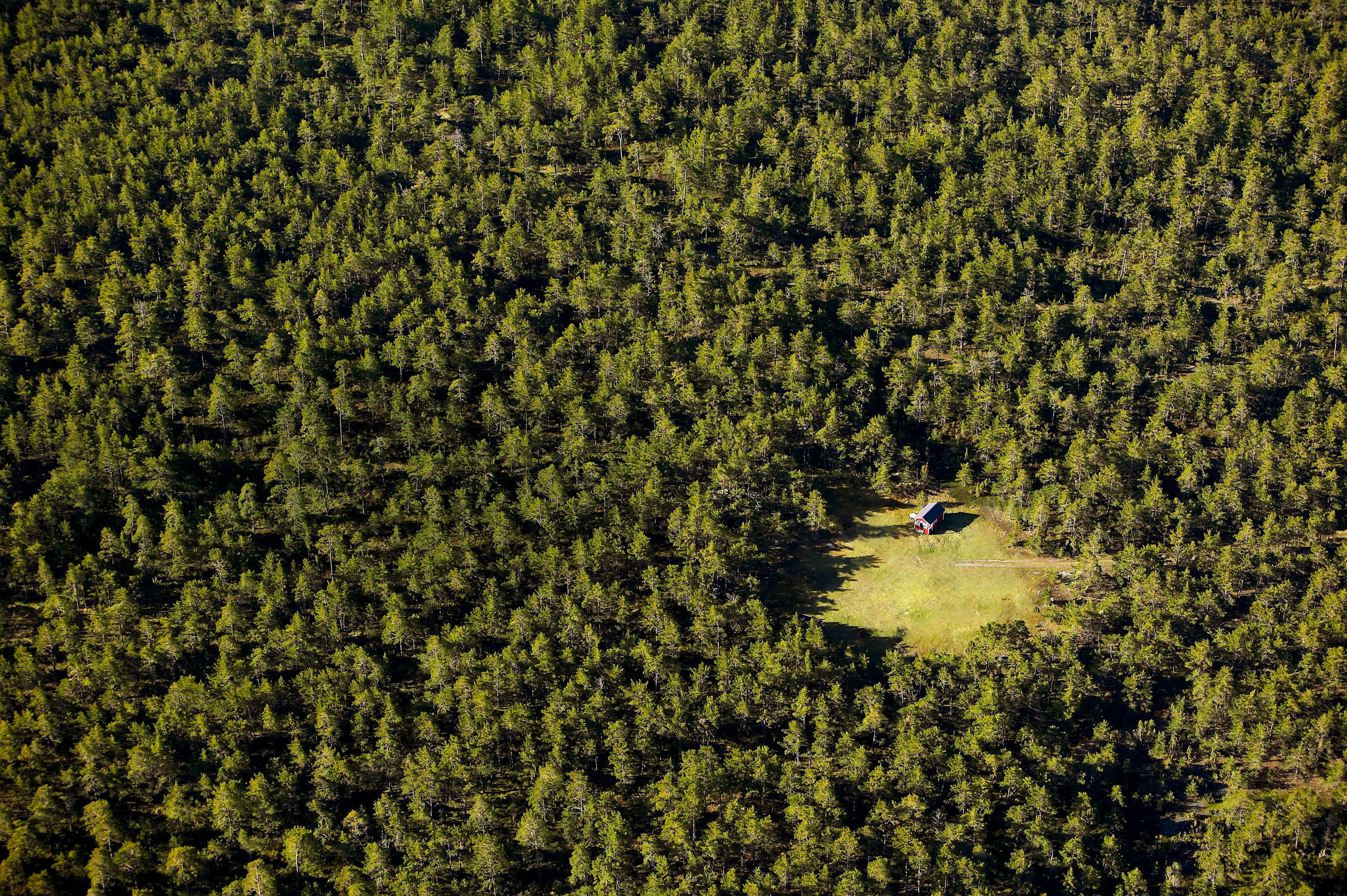 Curious Questions: Can you really live off the grid in 2022?
Curious Questions: Can you really live off the grid in 2022?The pandemic forced millions of us to re-evaluate where and how we live — and what's important to us. The answer for many was to live off the grid. But can it really be compatible with modern life? Adam Hay-Nicholls tried it out — and spoke to some of those who have made it work.
By Adam Hay-Nicholls Published
-
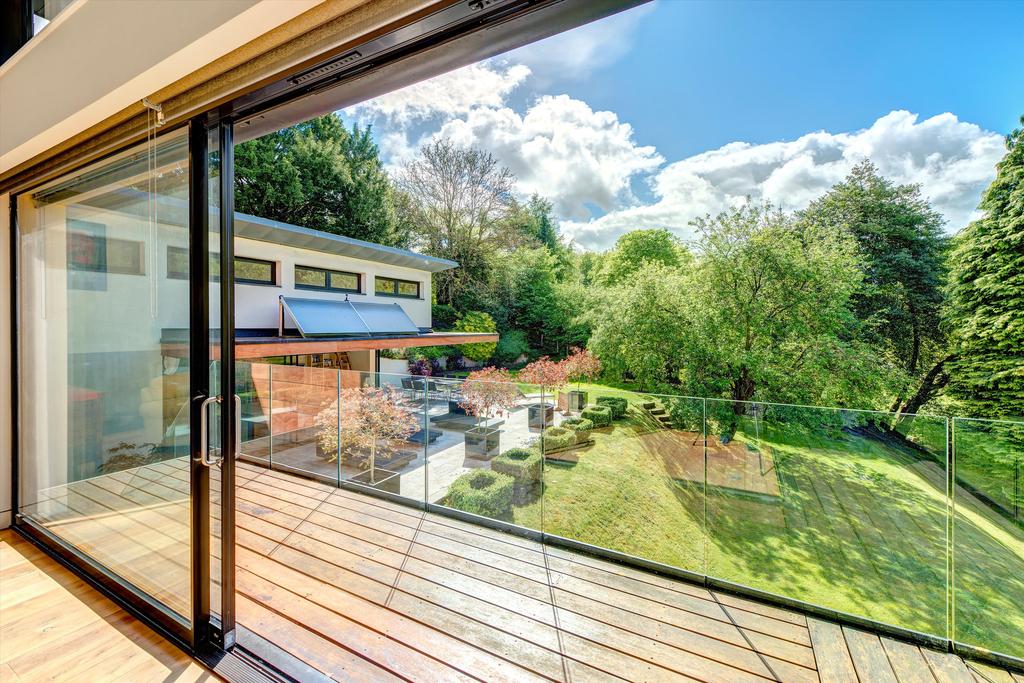 A simply stunning eco home near Henley-on-Thames that offers state of the art living in an unspoilt rural environment
A simply stunning eco home near Henley-on-Thames that offers state of the art living in an unspoilt rural environmentTraditionalists look away – or rather, don't — as we're sure Ossicles will capture the hearts (or at the very least instil a sense of admiration) of even the most die-hard anti-modernists amongst us.
By Lydia Stangroom Published
-
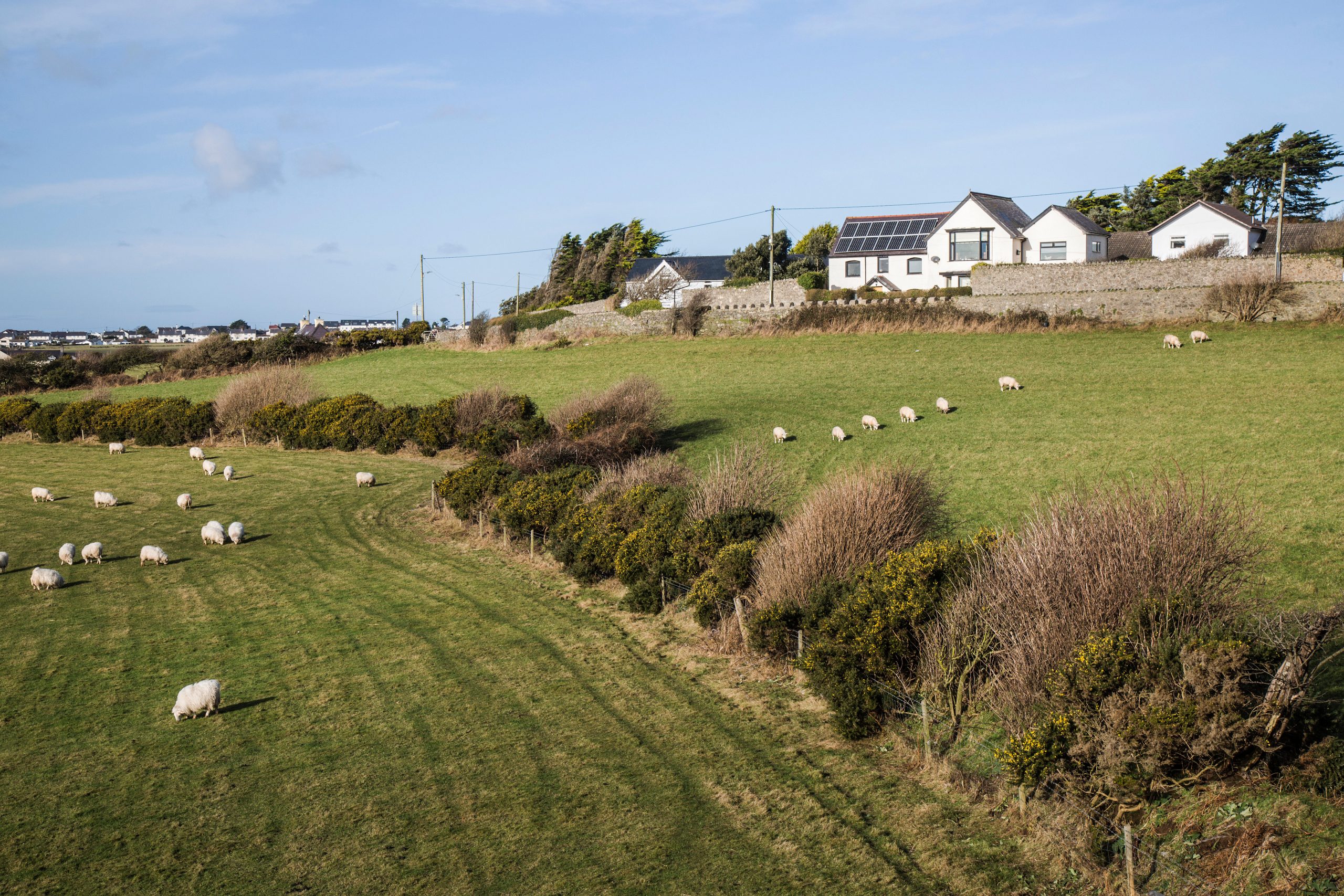 Can we make our houses Green? The huge battle we face to make our properties fit for a carbon-neutral world
Can we make our houses Green? The huge battle we face to make our properties fit for a carbon-neutral worldDecarbonising the UK housing stock is one of the biggest challenges the country faces. Carla Passino investigates.
By Carla Passino Published
-
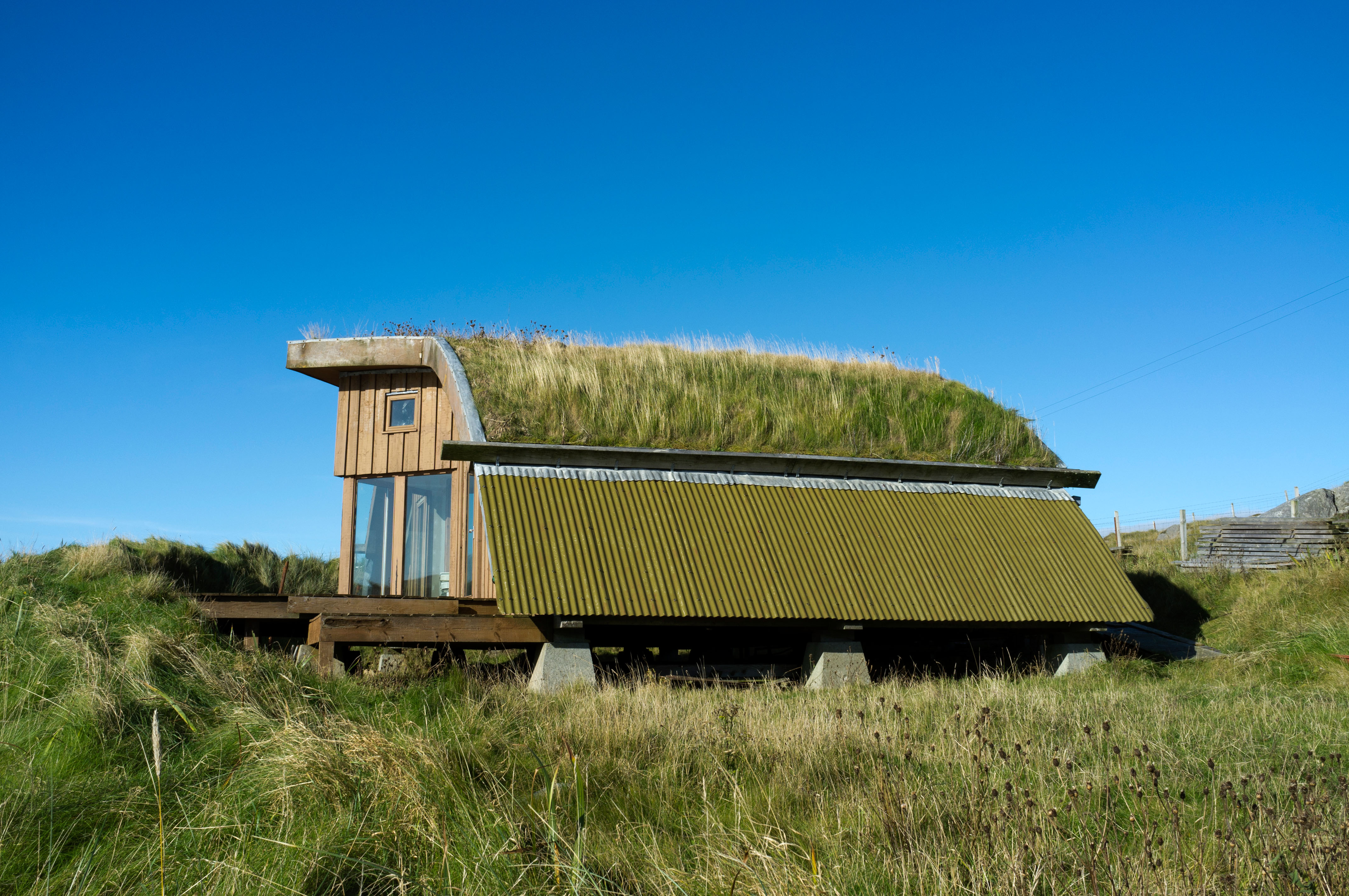 60 simple sustainability tips to make your home, garden and life better
60 simple sustainability tips to make your home, garden and life betterWe spoke to experts to get their tips on practical steps we can all make to live a more sustainable life in all areas of our homes and gardens.
By Country Life Published
-
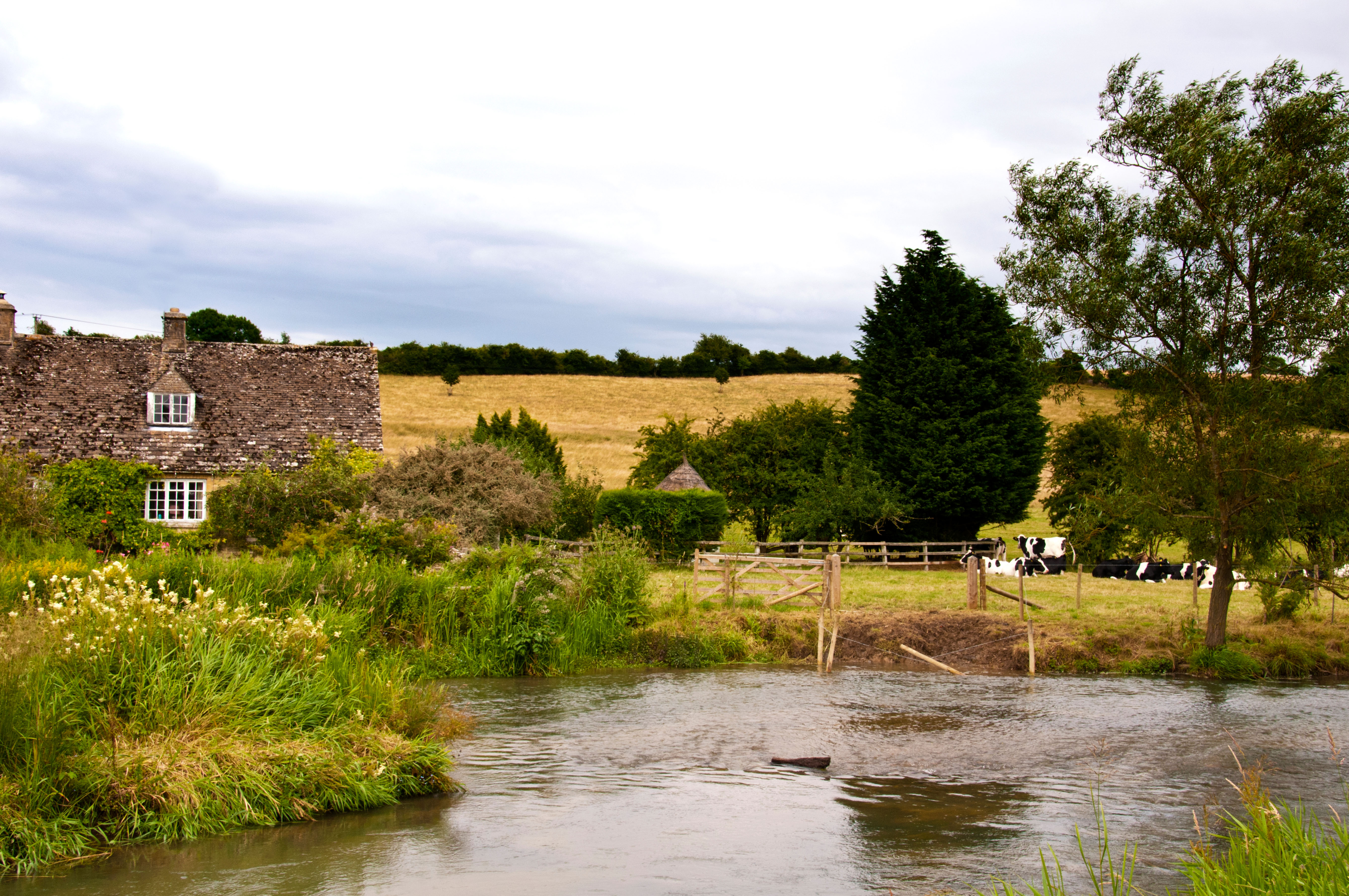 Rosamund Young: Dreaming of a cottage with a field? Then find your field and do it
Rosamund Young: Dreaming of a cottage with a field? Then find your field and do itRosamund Young, author of the Secret Life of Cows, will be writing a series of columns for Country Life in the next few months – starting with this beautiful piece about what any budding countryside dweller needs to know.
By Rosamund Young Published

